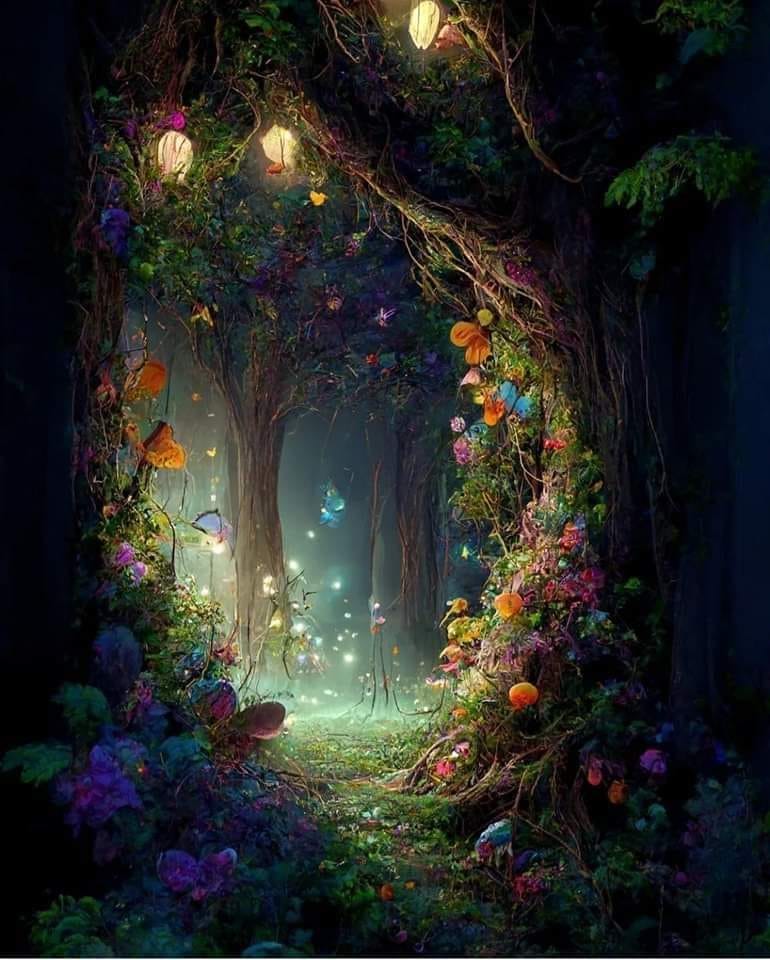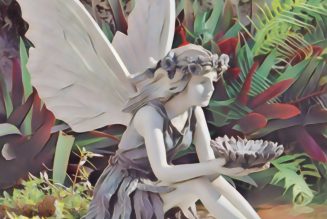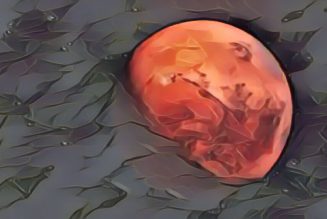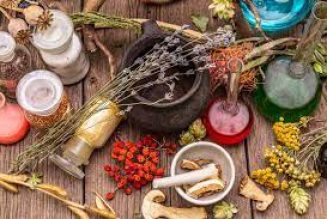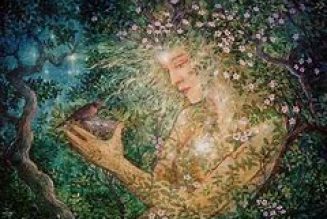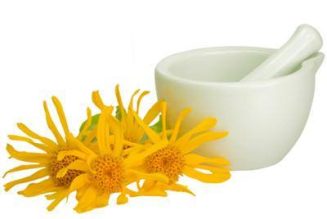Litha, also known as the Summer Solstice, is a pagan holiday celebrated on or around June 21st in the Northern Hemisphere. It is the longest day and shortest night of the year, and marks the official start of summer. In pagan traditions, it is a time to celebrate the power of the sun and the abundance and growth of the natural world. It is also seen as a time of balance between light and dark, and a turning point in the year when the days begin to grow shorter and the nights longer. This holiday is a time of abundance, growth, and light, and is associated with a variety of correspondences, including colours, crystals, deities, traditions, and ways to observe the holiday.
Litha pronunciation is “LEE-thuh” with the emphasis on the first syllable. The word “Litha” is believed to have originated from the Anglo-Saxon word for “midsummer” and is still used by modern pagans and Wiccans to refer to this holiday.
As a spiritual holiday, Litha is a time for rituals and ceremonies that honour the sun and the energy of the summer season. It is a time to connect with the natural world and to celebrate the beauty and diversity of life. It is also a time to reflect on personal growth and to set intentions for the rest of the year.
Overall, the meaning of Litha is one of joy, abundance, and connection to the natural world. It is a time to celebrate the light and warmth of the sun, and to embrace the energy of growth and transformation that comes with the summer season.
Litha Colours:
The colours typically associated with Litha include yellow, gold, green, and blue. Yellow and gold represent the sun, which is at its strongest and brightest during this time of year. Green represents growth and abundance, while blue represents the sky and the waters of life.
Flowers for Litha
Flowers are an important part of the Litha celebration.You can use them to decorate your altar, make flower crowns, or simply enjoy their beauty as a reminder of the abundance and growth of the summer season. Some flowers that are commonly associated with Litha and the summer solstice include:
Sunflowers: These vibrant flowers are often associated with the sun and the power of light.
Roses: With their beautiful blooms and sweet fragrance, roses are a symbol of love, beauty, and passion.
Lavender: This fragrant herb is often associated with relaxation, purification, and healing.
Marigolds: These bright orange and yellow flowers are often used in rituals to honour the sun and the power of fire.
Daisies: These simple yet cheerful flowers are a symbol of innocence, purity, and new beginnings.
Chamomile: This delicate flower is often used in rituals to promote calmness, relaxation, and restful sleep.
Yarrow: This herb is often associated with courage, strength, and protection.
Crystals:
Many crystals are associated with Litha, including citrine, sunstone, tiger’s eye, and amber. These stones are said to bring warmth, abundance, and vitality, and can be used in a variety of ways during Litha rituals and celebrations.
Deities:
There are a variety of deities associated with Litha, depending on your spiritual tradition. Some popular options include the goddesses Brigid, Gaia, and Freyja, as well as the gods Lugh, Apollo, and Helios. These deities are often associated with the sun, fire, and growth, and can be called upon to bring blessings and abundance during Litha celebrations.
Traditions:
There are many different ways to observe Litha, depending on your personal beliefs and traditions. Some common practices include:
Lighting bonfires or candles to celebrate the light and warmth of the sun
Decorating altars and sacred spaces with flowers, herbs, and other symbols of growth and vitality
Holding outdoor rituals or gatherings to connect with nature and honour the turning of the seasons
Creating and sharing meals made with fresh, seasonal ingredients
Participating in activities that celebrate creativity, such as dancing, singing, or making art
Ways to Observe the Holiday:
If you’re looking to celebrate Litha, there are many ways to get involved. Here are a few ideas to get you started:
Spend time outside, whether that means going for a hike, having a picnic, or simply sitting in the sun and enjoying the warmth
Make a wreath or other decoration using flowers, herbs, and other natural materials
Light a candle or bonfire and meditate on the energy and vitality of the sun
Create a special meal or drink using seasonal ingredients, such as berries, herbs, or honey
Connect with friends and loved ones and participate in a group ritual or celebration.
Ritual for Summer Solstice
A ritual for the summer solstice, also known as Litha, can be a beautiful way to celebrate this seasonal turning point and connect with the energy of the sun. Here is a simple ritual that you can try:
Materials:
A candle (ideally yellow or gold)
Incense (such as frankincense or sandalwood)
A small bowl of water
A small bowl of salt
A flower or herb that represents summer (such as sunflower, rose, or lavender)
Steps:
Find a quiet, outdoor space where you can perform the ritual. If you cannot be outside, find a space near a window that lets in natural light.
Set up your materials on a flat surface, such as a table or altar. Light the candle and the incense, and take a few deep breaths to centre yourself.
Hold your hands over the bowl of water and say, “I bless and consecrate this water in the name of the sun and the summer season.”
Sprinkle a pinch of salt into the bowl of water and stir it with your fingers. Say, “I purify this water in the name of the sun and the summer season.”
Hold the flower or herb in your hand and say, “I offer this flower (or herb) in gratitude for the abundance and growth of the summer season.”
Take a few moments to meditate on the energy of the sun and the power of the summer season. Allow yourself to feel connected to the warmth and light of the sun.
When you are ready, blow out the candle and allow the incense to burn down. Pour the water and salt outside, thanking the earth for its blessings.
This simple ritual can be adapted to suit your personal beliefs and traditions. You may choose to add additional elements, such as singing, drumming, or dancing. The most important thing is to allow yourself to connect with the energy of the sun and the joy of the summer season.
Overall, Litha is a time of joy, abundance, and growth, and is a wonderful opportunity to connect with nature and celebrate the turning of the seasons. Whether you choose to observe the holiday in a traditional way or create your own rituals and practi ces, this is a time to honour the sun and all that it brings into our lives
